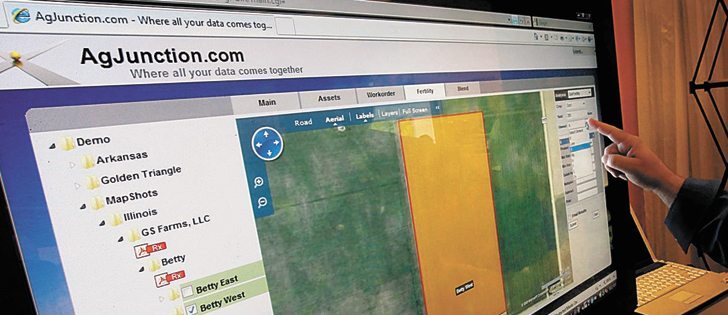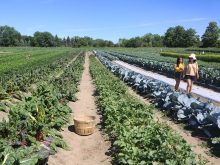Big Data holds the key to opening the profitability door during low price periods like now, says a major provider.
“Farmers in our view can thrive at these commodity prices, not just survive,” said Ron LeMay, the chair of American farm analytics firm FarmLink (not the Canadian marketing company), to the members of North American Agricultural Journalists April 25.
“They can do very well, but they have to change, they have to change the way they are doing business.”
Big Data is the term used to de-scribe the streams of information many farming systems now produce, in everything from seeding rates to yields to storage conditions. When multiple sources are combined, the information can be more precisely tailored, which brings better results, proponents argue.
Read Also

Crop quality looks good this year across Prairies
Crop quality looks real good this year, with the exception of durum.
LeMay said U.S. farmers operating at the 50th percentile of efficiency made $8 billion less than they could have last year if they had been as efficient as those at the 75th percentile.
A recent Iowa State University study found 27 percent of the state’s corn and soybean acres were being farmed at a loss of $100 per acre.
LeMay said raising the efficiency of farming on those acres from the 50th to the 70th percentile of efficiency would have slashed loss-making acres to only 2.8 percent.
Similarly, if those farmers could boost prices they receive by 35 cents per bushel by better marketing, which is possible, the loss-making percentage collapses to just 2.7 percent.
If farmers could both boost efficiency from 50th to 60th percentile plus gain 20 cents per bushel from better marketing, every loss-making Iowa acre would become profitable, LeMay said.
“There’s a huge amount of revenue to be gained from that.”
















